Life of an Egyptian Pyramid Construction Worker
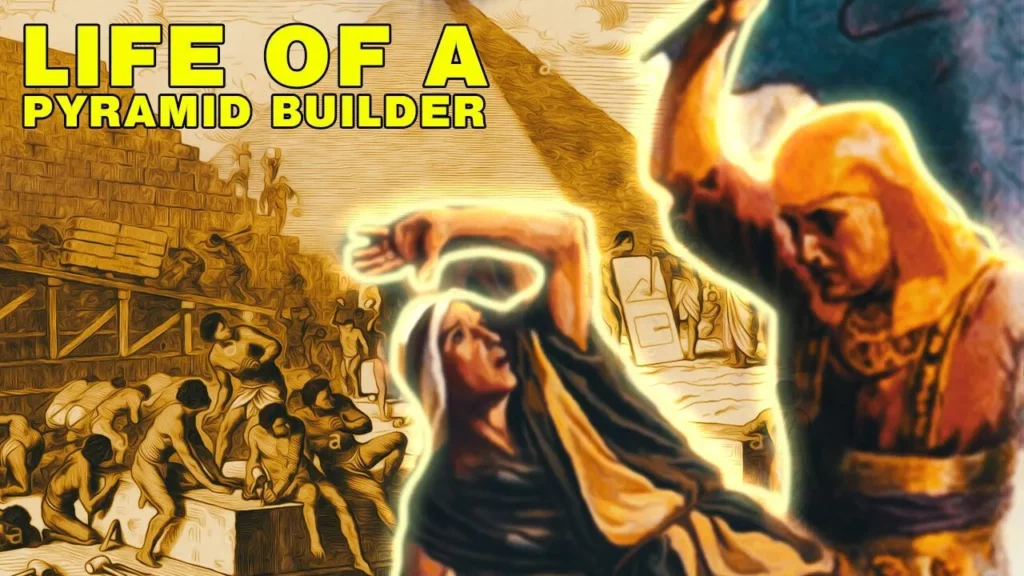
The lesson explores the lives of the workers who constructed the Pyramids of Giza, highlighting the large workforce involved, which included both skilled and unskilled laborers. Despite the challenging conditions and physical toll of the work, these laborers took pride in their contributions, receiving benefits like food and beer, and even medical care. The organization of the workforce, their living conditions, and the construction techniques used reflect the complexity and significance of this monumental task in ancient Egyptian society.
The Untold Story of Alexander the Great
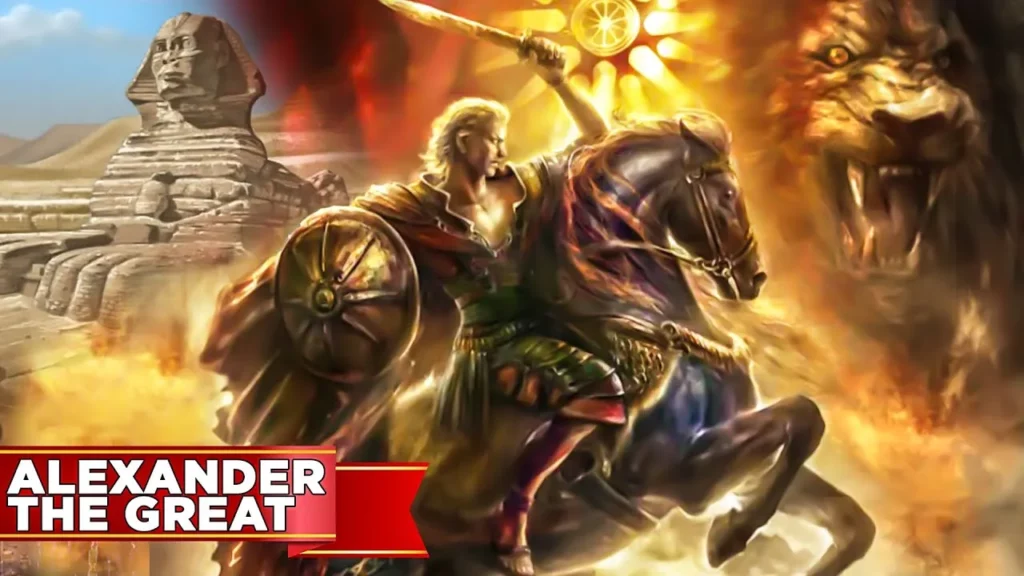
The lesson explores the remarkable life and achievements of Alexander the Great, who transformed Macedon into the largest empire in the world during his 12-year reign. It highlights his early life, education under Aristotle, ascension to the throne at a young age, and military conquests, particularly against the Persian Empire. Despite his untimely death at 32, Alexander’s legacy endures, prompting reflection on the potential further accomplishments he might have achieved had he lived longer.
Parties in Ancient Sparta

The lesson on parties in ancient Sparta highlights the balance between military discipline and leisure in Spartan life. While Spartans were renowned for their strength and rigorous training, they also engaged in various recreational activities, such as hunting, athletics, and unique festivals like Gymnopaedia and Hyacinthia, which celebrated their culture and victories. Despite their warrior reputation, Spartans appreciated art, theater, and community gatherings, showcasing a rich cultural life beyond their military pursuits.
When a Vikings Son Becomes a Christian

The lesson tells the remarkable story of Olaf, a young Viking boy who transforms from an outcast to a king after enduring numerous hardships, including the death of his father and being captured as a slave. As he grows, Olaf becomes a skilled warrior, converts to Christianity, and ultimately returns to Norway to claim the throne, where he attempts to convert his people to his new faith. His reign ends in conflict, culminating in the Battle of Svolder, where he chooses to jump into the sea rather than be captured, leaving behind a legacy of adventure and leadership.
“Filthy” Secrets of Brothels in Versailles, France

The lesson explores the history of brothels in late 19th-century Paris, particularly focusing on their evolution from the Middle Ages through the reign of Louis XIV, who transformed Versailles into a hub of pleasure. It highlights the regulatory measures imposed by various monarchs, the establishment of the vice police department to monitor brothels, and the significant role of elite courtesans in society. The narrative illustrates how brothels were intertwined with the political and social fabric of France, ultimately leading to a regulated industry after the French Revolution.
WEIRD Things You Didn't Know About Attila the Hun
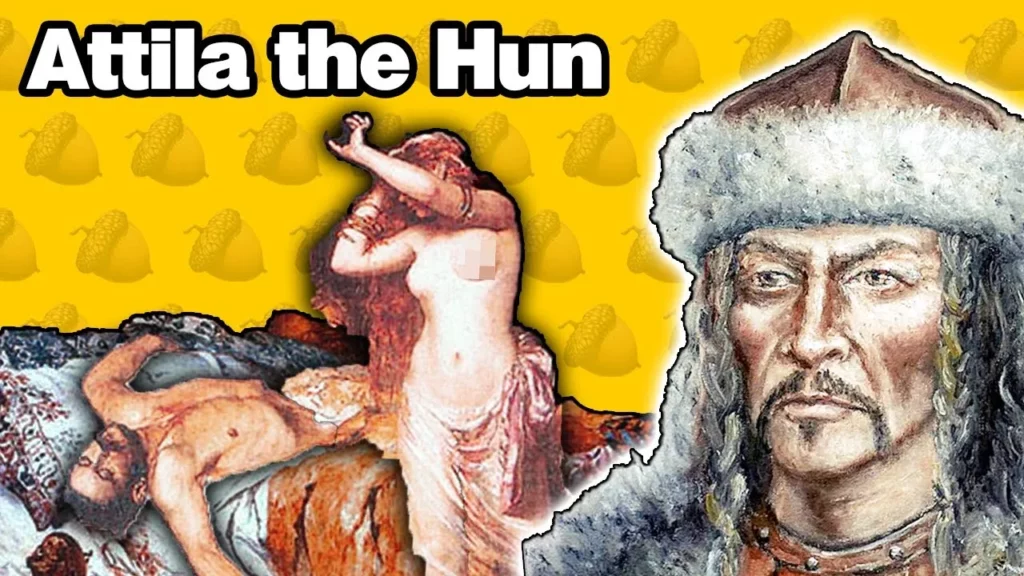
The lesson explores the complex life of Attila the Hun, revealing that he was not just a ruthless warrior but also a well-educated leader born into royalty. It highlights his strategic military campaigns, his interactions with Roman emperors, and his unexpected defeat in Gaul, as well as the mysterious circumstances surrounding his death and the subsequent decline of the Hunnic Empire. Overall, the lesson emphasizes the multifaceted nature of Attila’s character and legacy beyond his fearsome reputation.
Filthy Secrets About The Napoleons
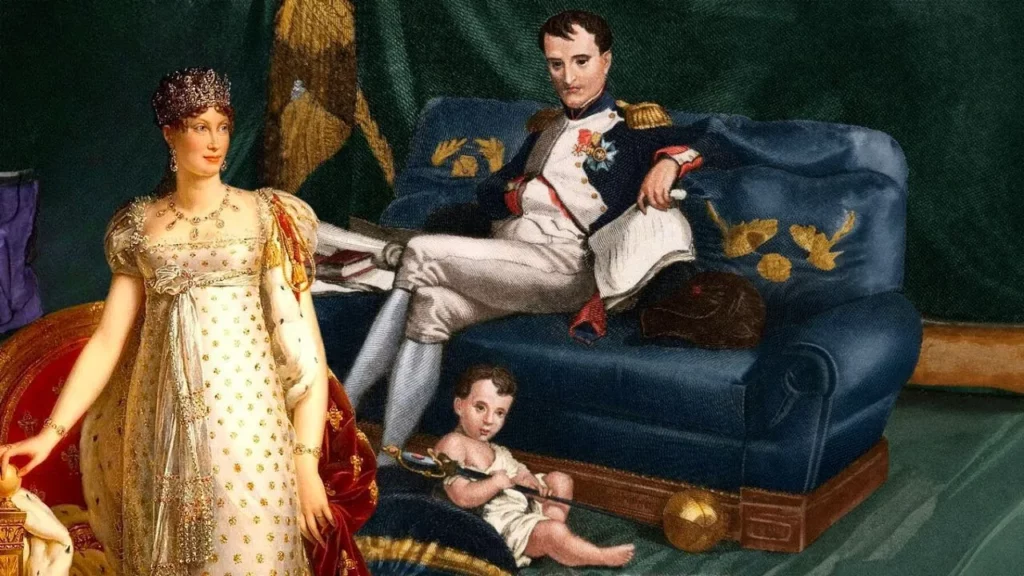
The lesson explores the life of Napoleon II, the son of Napoleon Bonaparte, highlighting his tragic journey from the expectations of inheriting a vast empire to a life marked by obscurity and health challenges. It delves into the complexities of his father’s relationships, particularly with Josephine and Marie Louise, and the impact of political upheaval on his upbringing and aspirations. Ultimately, Napoleon II’s story serves as a poignant reminder of the interplay between personal lives and historical events.
What Beauty Was Like in Ancient Egypt
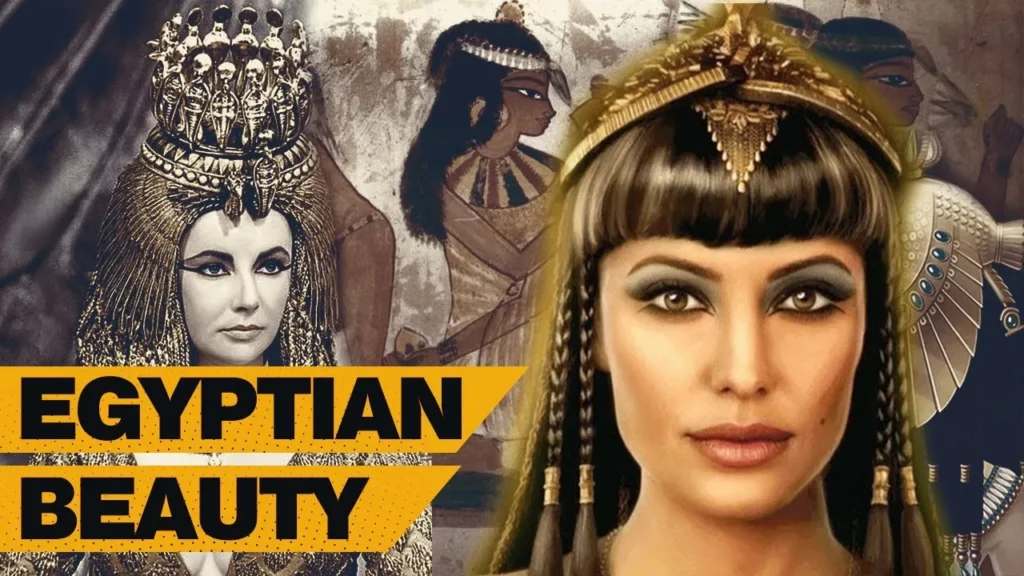
The lesson explores the concept of beauty in ancient Egypt, particularly during the prosperous New Kingdom era, highlighting the significance of fashion, jewelry, and makeup in the lives of both the elite and common people. It discusses the use of kohl for eye makeup, the popularity of wigs adorned with jewels, and the cultural importance of perfumes and headdresses, especially those worn by pharaohs like King Tut and fashion icons like Nefertiti. Ultimately, the lesson emphasizes how ancient Egyptian aesthetics continue to influence modern perceptions of beauty.
Filthy Secrets of the Most Handsome Men in History
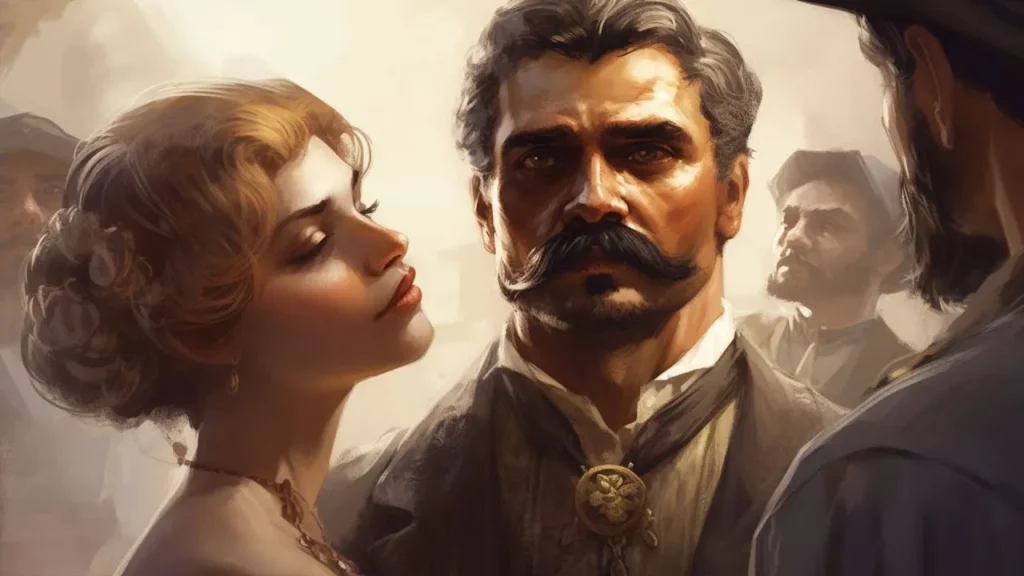
The lesson explores the hidden complexities behind the charm and good looks of several influential men throughout history, revealing that their captivating personas often masked darker secrets and controversial lives. Figures like Lord Byron, Giacomo Casanova, and John Wilkes Booth exemplify how charisma can coexist with scandal, moral ambiguity, and personal struggles. By examining these historical characters, the lesson highlights the contrast between public admiration and private turmoil, prompting reflection on the multifaceted nature of charm and influence.
How Did The Nazis Escape Europe?
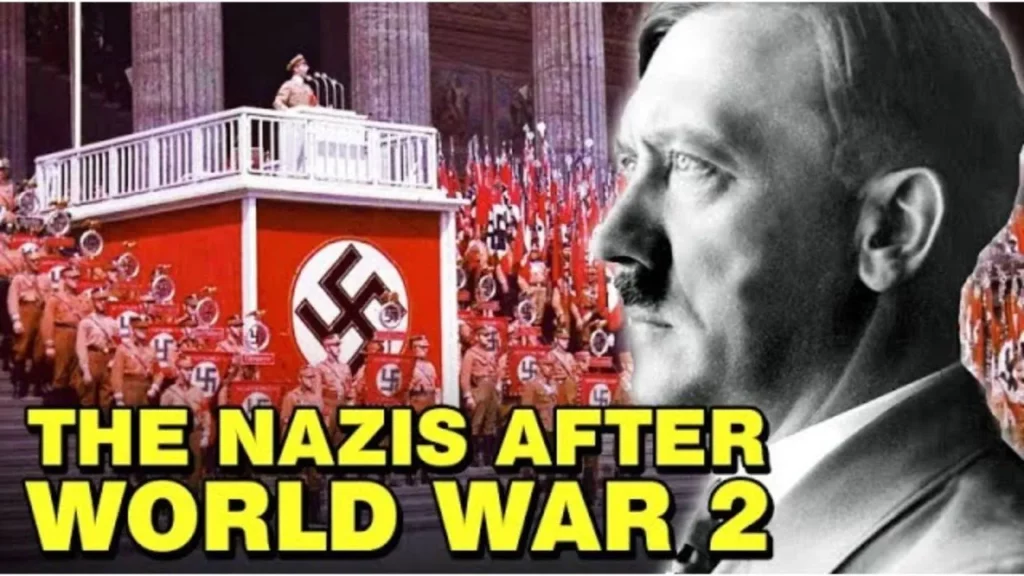
The lesson explores the various methods and routes used by high-ranking Nazi officials to escape Europe after World War II, particularly focusing on the “Ratlines” that facilitated their flight to South America. It highlights the involvement of sympathetic groups, including some members of the Catholic Church, and discusses the geopolitical factors that allowed these escapes, such as the chaos following the war and the onset of the Cold War. The legacy of these escapes underscores the ongoing challenges of accountability and justice in the aftermath of global conflict.